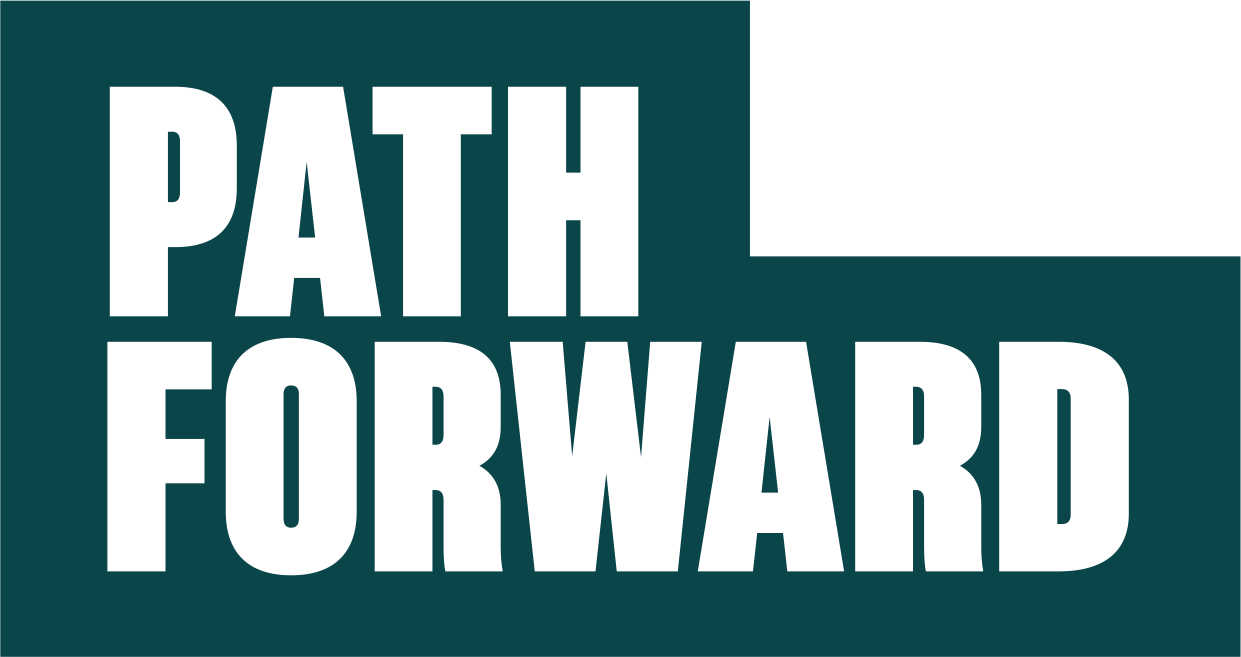Let’s have a real conversation about your need to control
‘Control’ is one of those words that’s taken on an ambivalent or negative tone in recent years. There are few more trenchant criticisms than calling someone “controlling” or worse yet a “control freak.” As is so often the case, a word like “controlling” becomes a negative brand for a particular type of personality.However, in the organizations I have led, I’ve wanted my managers to be in control. I don’t want chaos; I want calm, purposeful action. I want managers who maintain effective control over quality, resources, team dynamics, budgets, productivity, and any number of other business imperatives. However, I want them to exercise this control without being control “freaks.”There are good ways and bad ways to exercise effective control in your organization.
GOOD: Work from a plan.
It still astonishes me how many business people go to work in the morning and are entirely reactive. Planning gives control over to the group rather than any one individual and creates accountability from each level to each other level.
BAD: Work without a plan, or use your plan as a hammer.
Paradoxically the absence of planning may give the true control freak more perceived control because it makes it harder for anyone to get things done without their intervention. The vision of people working in a more self-directed way, according to a plan, can threaten the control freak. Likewise, a plan can be so rigid that it gives the control freak the additional leverage they want over the actions of their team.
GOOD: Control work through systems and processes.
Process design and execution gives the manager lots of control over output without any control freakiness. Design the work well, and it will be effectively controlled without a vulturous manager having to intervene.
BAD: Chaos and dependence on the heroic effort.
The presence of chaos is, once again, a lever for individuals to take unproductive control over a situation. A chaotic environment may be the result of a passive aggressive stance by a control freak who fears process work because it might eliminate some of the drama that feeds their ego and gives them undue influence.
GOOD: Act as a “pipe” rather than as a valve.
Your job in creating effective control is to eliminate barriers, and in many cases, to get yourself out of the way. The work should flow, unimpeded by your egoic need to inspect, approve, and intervene.
BAD: Act as a “valve” rather than as a pipe.
The control freak doesn’t want anything to get “past them” and puts all kinds of unnecessary stops or delays on the process. They don’t trust the system, and they don’t trust their people, in part because to do so would require them to let go of their story about how important they are to the day to day functioning of the organization.So, control is a good thing if it’s achieved the right way. It’s a bad thing if it’s achieved the wrong way. One method of controlling things creates freedom and autonomy and creativity. The other creates distrust, dysfunction, and loss of speed.
